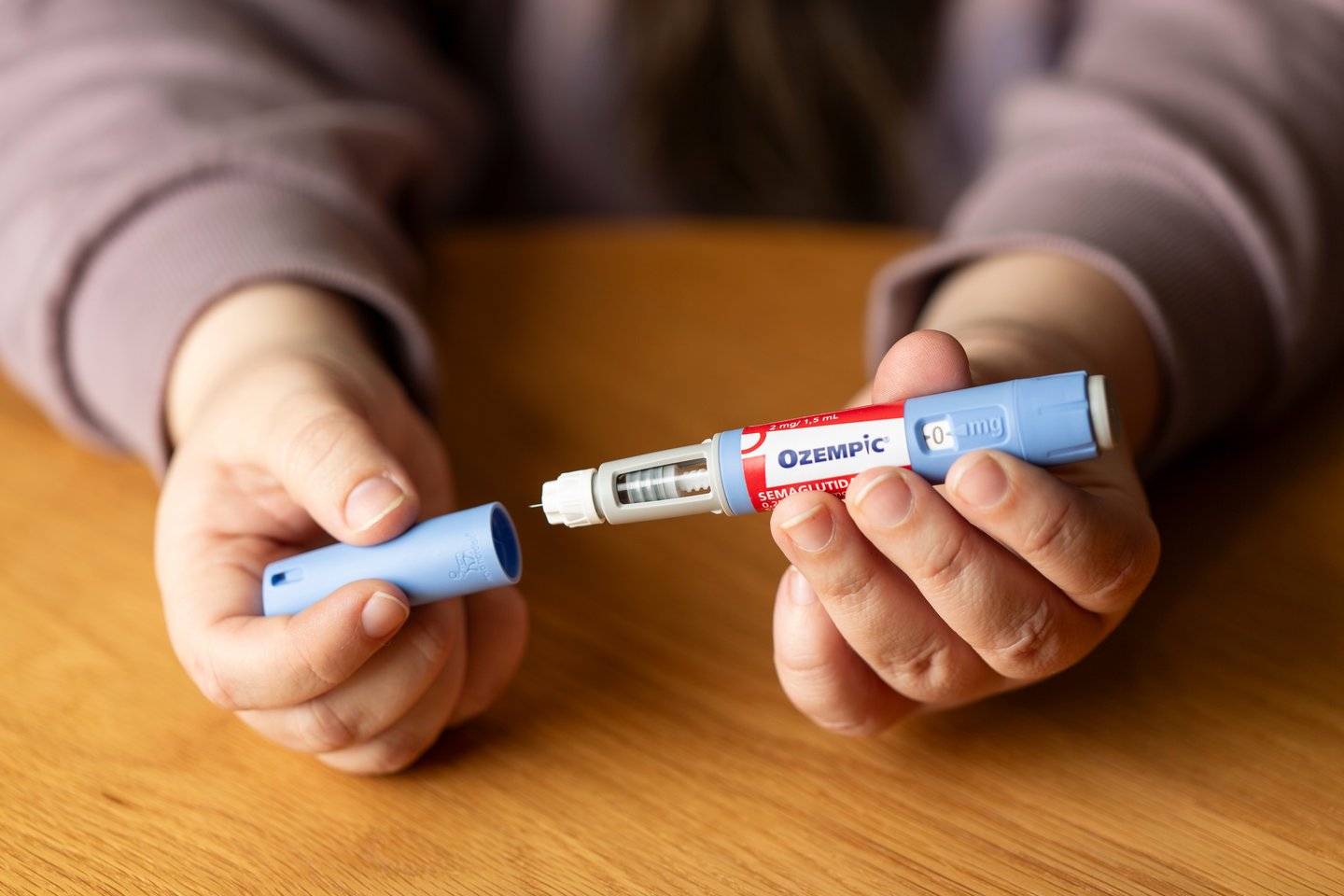Users of Ozempic and other weight-loss drugs cutting back on snacks, buying fewer groceries: Survey
Canadians using GLP-1 drugs like Ozempic are cutting back on baked goods, soft drinks and salty snacks, according to new research.
Dalhousie University’s Agri-Food Analytics Lab and Caddle surveyed 8,662 Canadians to better understand GLP-1 drug usage.
Originally intended for treating type two diabetes, these drugs are now being used more frequently for weight loss, and that shift is influencing users’ food choices.
The survey found that about 10% of the adult population in Canada uses a GLP-1 drug – between 900,000 to 1.4 million people.
Of those, 45.5% reported eating less since starting to use the drug. Twenty two per cent of respondents claimed to eat out at restaurants less often, and 16.4% said they buy fewer groceries.
As for which foods they’re cutting out, sweet bakery goods (30.6%) and sweet treats and snacks such as candy (30.4%) topped the list. Elsewhere, 29.7% ate fewer packaged cookies and 28.8% drank fewer carbonated soft drinks.
Additionally, 26.5% ate less chocolate, and 25.3% consumed fewer salty snacks like chips.
Alcohol consumption and purchases were also impacted, with 19.2% of respondents claiming to drink less alcohol since starting to use a GLP-1 drug.
READ: Weighing the threat of Ozempic on snack sales
Dalhousie said the results suggest that individuals on diabetes or anti-obesity medications are significantly reducing their intake of sugary and highly processed foods. 'Meat products' have a moderate reduction percentage (21%).
Fourteen per cent of respondents reported no change at all in the food and drinks they consume.
"As the use of GLP-1 drugs like Ozempic increases, we are seeing significant shifts in consumer food choices, particularly a reduction in the intake of sugary and highly processed foods. This trend has profound implications for the food industry, necessitating innovation and a move towards healthier, low-calorie, and low-carb alternatives. The industry must adapt to these changing consumer behaviours to meet the growing demand for health-conscious products,” said Sylvain Charlebois, director of the Agri-Food Analytics Lab, Dalhousie University, in a release.
Reliance on impulse buying in the food industry will likely be lessened as usage of GLP-1 receptor agonists grows, researchers said.
“We also foresee the industry developing new product lines that cater to the needs of individuals with specific health concerns, like diabetes-friendly or weight-management foods, which could capture a growing market segment. Investing in research and development to better understand the needs of consumers with health conditions can lead to innovative products that are both health-conscious and palatable. Collaborating with healthcare providers and organizations to endorse products as part of a healthy lifestyle for those on diabetes or anti-obesity medication could improve brand trust and loyalty,” the survey reads.
The survey found men's usage of GLP-1 drugs was slightly higher at 11% compared to females at 10%. Usage rates are similar across generations, with millennials having the highest usage rate at 12%, followed by gen Xs at 11% and baby boomers and gen Zs at 10%.
Ontario has the highest usage rate at 13%, while Prince Edward Island has the lowest rate at 4%. Quebec is at 10%, and British Columbia is at 8%.
When asked about the reason for using a GLP-1 drug, 57.2% of respondents cited type two diabetes. A total of 27.2% of respondents claimed to use a GLP-1 drug strictly for weight loss, while 11.6% of respondents use these drugs for both diabetes and weight loss.




